The Top 5 Alternatives to Packing Peanuts in Product Packaging
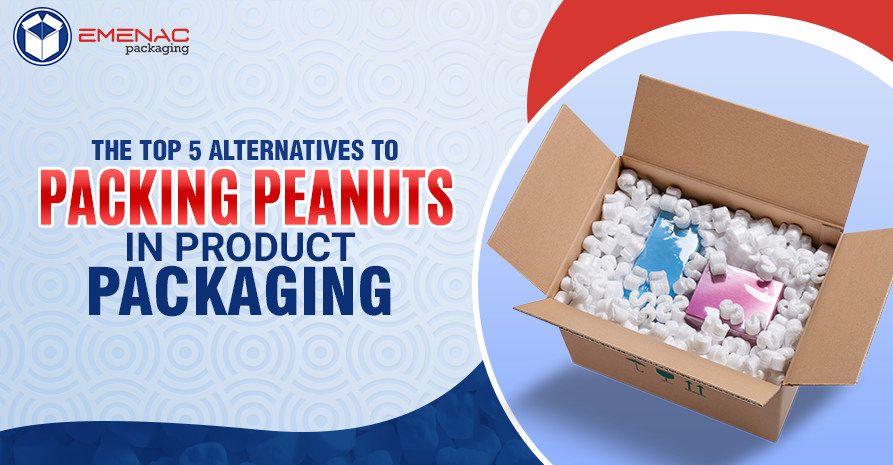
Did you know ”50–75 millimeters (2-3 in) of packing peanuts are usually used for cushioning, protection and void filling packaging applications.”
Packing peanuts are the most popular type of material which are being used in packaging to secure the products. Made of polystyrene, this lightweight material has has been essential in packaging.
However, a lot of companies are becoming aware of the environmental impact which is associated with packing peanuts. That’s why they are starting to reduce the amount of packing peanuts they use in their packaging boxes.
Luckily, there are other protective materials available on the market besides packing peanuts. These offers protection to the products without harming the environment. This blog post discusses the top 5 alternatives to packing peanuts which can be used in product packaging.
Why Packing Peanuts Aren’t Used Anymore?
The main reason why packing peanuts aren’t used anymore is that it affects the environment. Polystyrene, the substance used to make packing peanuts, is not biodegradable and takes many years to decompose in a landfill.
Moreover, peanut packing pollutes the rivers. These factors have led to a rise in the demand for using effective and recyclable packing peanut and its alternatives.
The Top 5 Alternatives to Packing Peanuts in Product Packaging
1. Foam inserts
For a long time, packing peanuts have been a backbone in product packaging, particularly because of their affordable prices, simple to utilize, and offer enough cushioning for your products.
But now, packing peanuts are replaced with foam inserts, which are particularly useful for delicate products like glass. They protect the surfaces of your products and provide proper cushioning.
The products can be shielded from harm from both inside and outside the box. This guarantees a tight fit and offers superior protection against shocks and vibrations while in transit. Foam inserts are available in a variety of colors, so businesses can customise these inserts to match them according to the product.
2. Cardboard Inserts
Cardboard inserts are constructed of corrugated cardboard and can be customised accordingly. They keep objects firmly in place while in transit and provide protection and stiffness. Compared to packing peanuts, this high-quality, reasonably priced alternative has far greater aesthetic appeal.
The inserts can be recycled because cardboard is used to make them. They also give off a polished appearance and are easily customisable, which improves the unboxing experience for customers.
3. Paper Inserts
Paper inserts are an excellent option for jewellery and other small products, but they may not be the best option for supporting and protecting heavy products like glass bottles. However, they can enhance aesthetic appeal and give the customer a sense of quality. Products can be protected and cushioned using shredded or kraft paper.
Paper inserts have the benefit of being printable. This means that it’s your chance to give your customers a more tailored experience. Add testimonials, a logo, brand features, or a handwritten note. These are versatile and cost-effective, making it perfect for different range of products.
4. Cornstarch Packing Peanuts
Cornstarch-based packing peanuts are now most commonly used which is almost same as the Styrofoam packing peanuts. However, these are biodegradable, making it an eco-friendly alternative which keeps the product secure. Not only this, but these are also easy for the consumer to dispose them, as they can be easily dissolved in the water.
5. Proper Box Size
One final alternative to packing peanuts is to get rid of the extra space in the packaging. Choosing the right size of the box reduces the extra space inside the box, so there’ll no be need for cushioning or using any inserts. This reduces the packaging waste but also the shipping costs.
Final Thoughts
Ever since the environmental drive has gained popularity, businesses have been searching for sustainable packaging solutions. Finding sustainable alternatives for traditional packing peanuts is crucial as companies grow more ecologically concerned.
As a business owner, it’s critical to consider factors other than price and convenience when choosing packaging inserts materials. By following these 5 alternatives to packing peanuts, businesses can reduce the environmental impact which leads to a more sustainable future.
Share This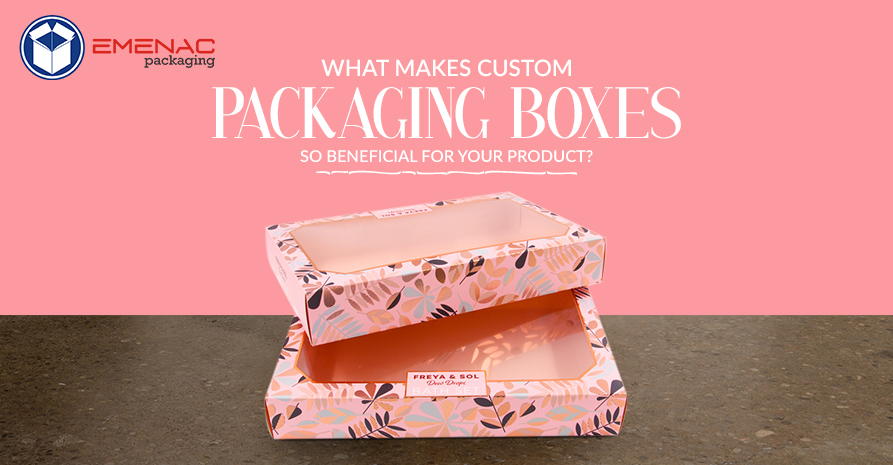 What Makes Custom Packaging Boxes so Beneficial for your Product?
What Makes Custom Packaging Boxes so Beneficial for your Product?
 How Window Soap Boxes are Valuable for Your Brand Success?
How Window Soap Boxes are Valuable for Your Brand Success?
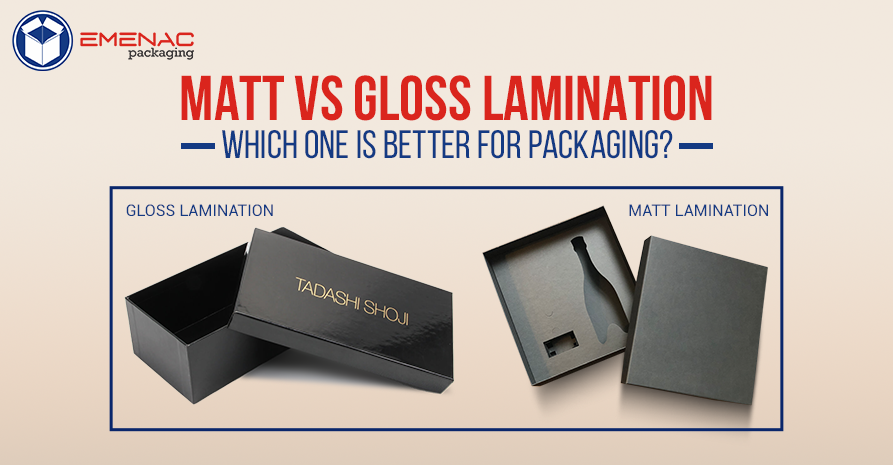 Matt Vs Gloss Lamination: Which One Is Better For Packaging
Matt Vs Gloss Lamination: Which One Is Better For Packaging
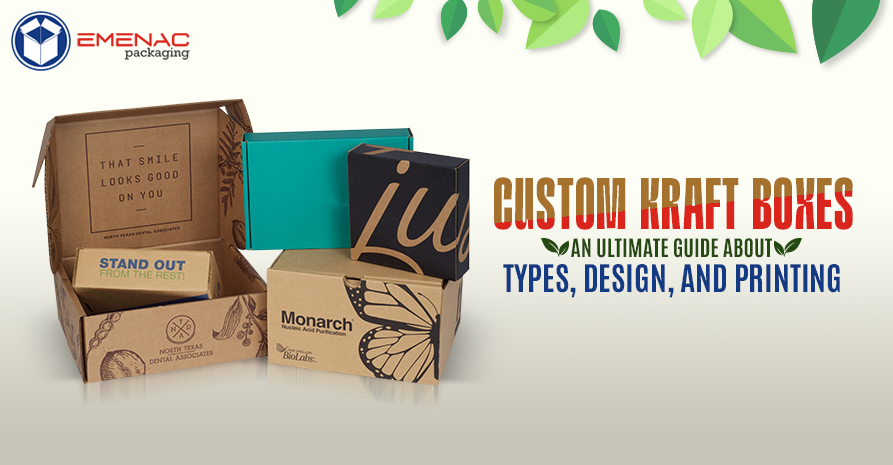 Custom Kraft Packaging Boxes: An Ultimate Guide about Types, Design, and Printing
Custom Kraft Packaging Boxes: An Ultimate Guide about Types, Design, and Printing
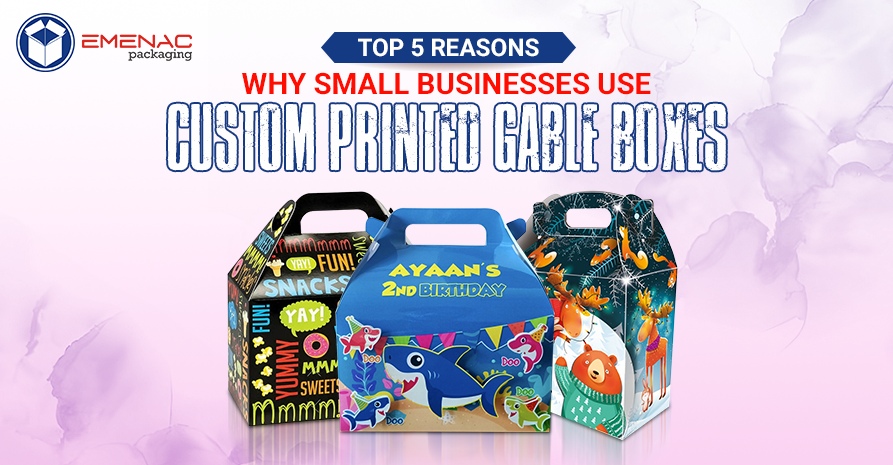 Top 5 Reasons Why Small Businesses Use Custom Printed Gable Boxes
Top 5 Reasons Why Small Businesses Use Custom Printed Gable Boxes
